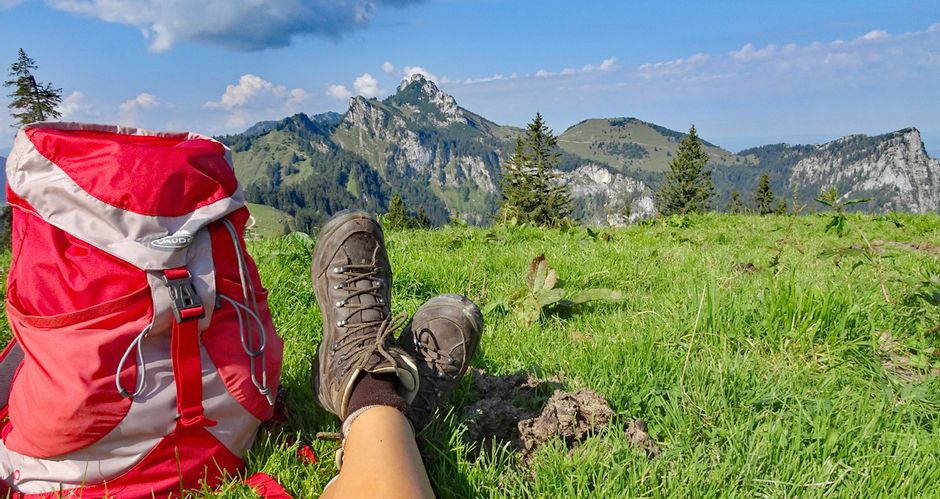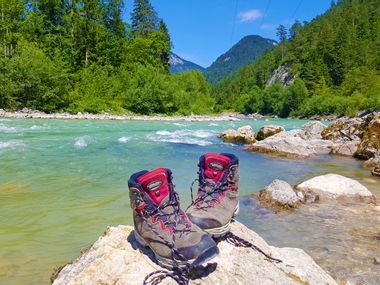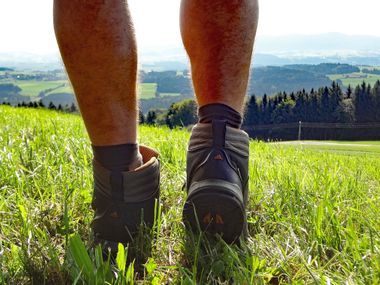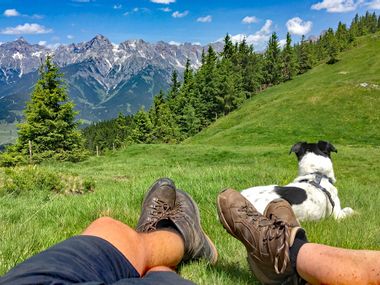Naturally first and foremost the right size and fit is crucial. However, many of you will be surprised what a huge difference the correct lacing of hiking shoes/boots makes. That way you can totally avoid uncomfortable pressure marks and blisters. We compiled a number of tips, which will be helpful for any hiking tour and considerably increase the comfort of your hiking boots. It is incredible how many factors need to be taken into account. More about that in today’s hiking blog, your feet will certainly appreciate it
How to tie hiking boots correctly






